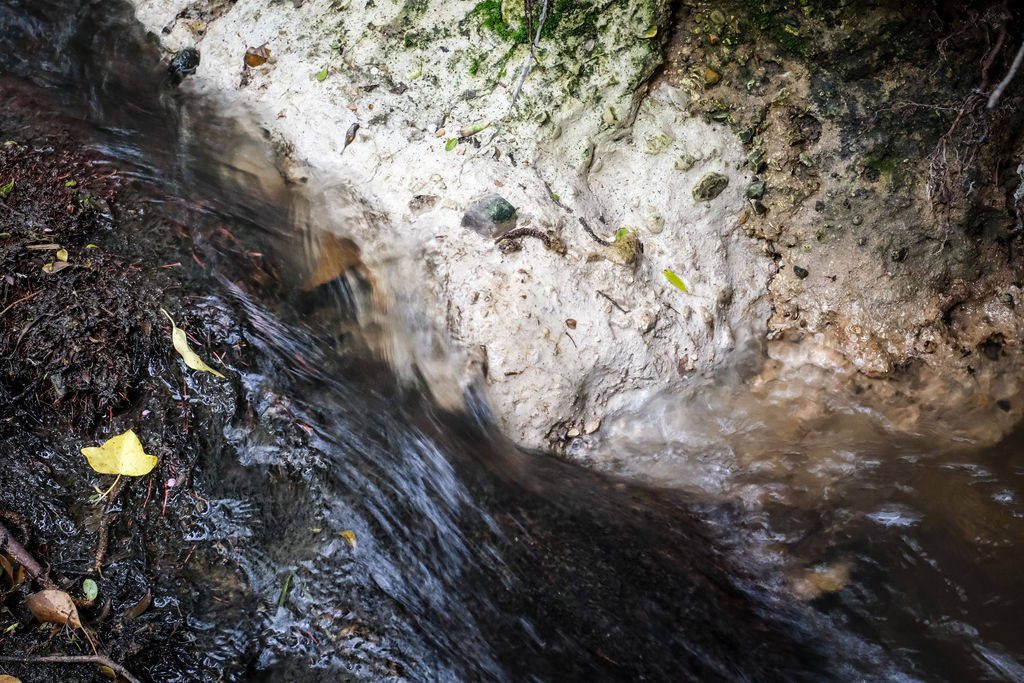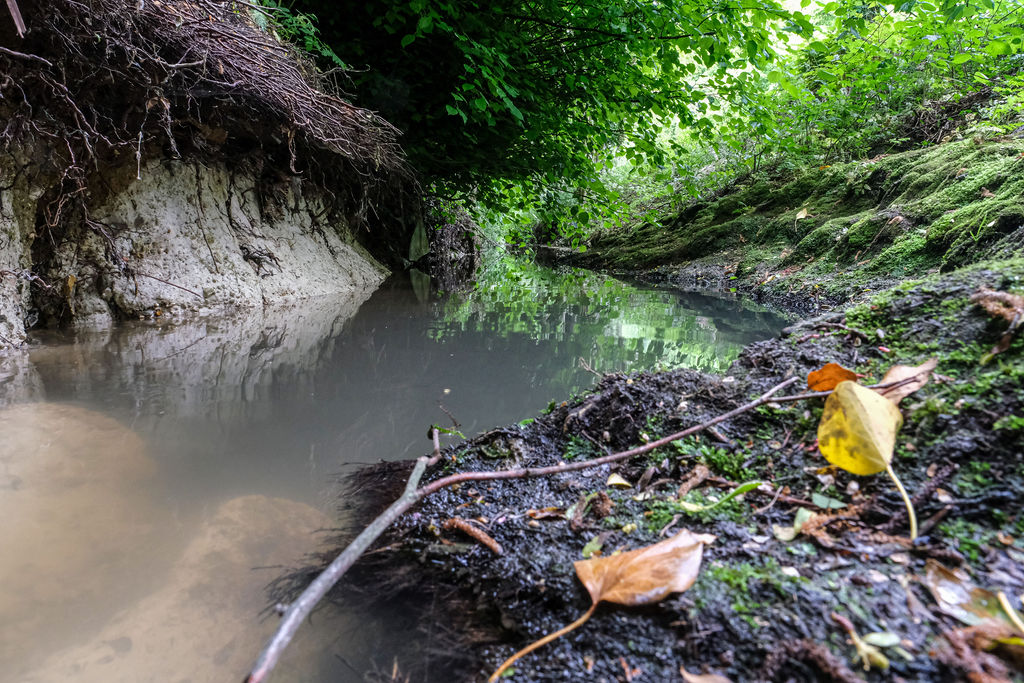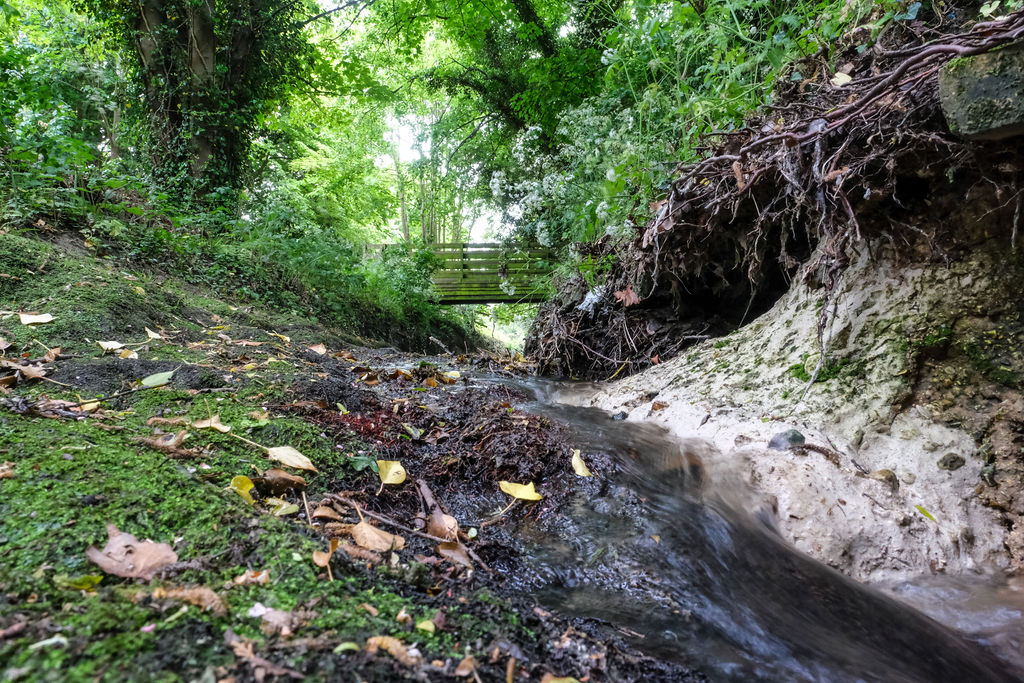The Pix Brook is a rare Chalk River. Chalk rivers are unique and were created millions of years ago. There are only two hundred in the world, making it as rare as the Great Barrier Reef or a rainforest.
There are 170 Chalk rivers in England and most of them are in the south of the country. Their nutrient-rich waters are an important home to fish, insects, plants, and wildlife. You can find very special species like otters, water voles, salmon, kingfishers, herons, newts and frogs living in a chalk river.
There are many different layers of geology in chalk rivers and the surrounding areas. When rain falls and flows through the land to enter the river it absorbs the nutrients and flows as chalk-water rather than rainwater. This water is rich in minerals which is what attracts such a diverse and special ecosystem.
The Pix Brook is a special chalk river. It is a tributary of the River Ivel and has a 16km square catchment that is both arable and urban. It flows through the populated areas of Letchworth Garden City, Stotfold and Arlesey. The watercourse starts in Letchworth and flows north. It drains from the upper reaches of the Letchworth Garden City. It then flows through the rural area between Stotfold and Letchworth before entering Stotfold Parish. After this, it approaches Arlesey from the east before joining the River Ivel. At the headwaters of the catchment, urban run-off is the primary source of water into the Pix Brook. As the watercourse flows north both rural and urban areas contribute water to its flow.
Many chalk rivers are at risk from the effects of pollution and over-abstraction, which is when too much water is taken from the river to be used in homes and workplaces to support our growing population. They are a vital source of fresh water for people, industry, farming and wildlife. That’s why we are protecting the Pix.


